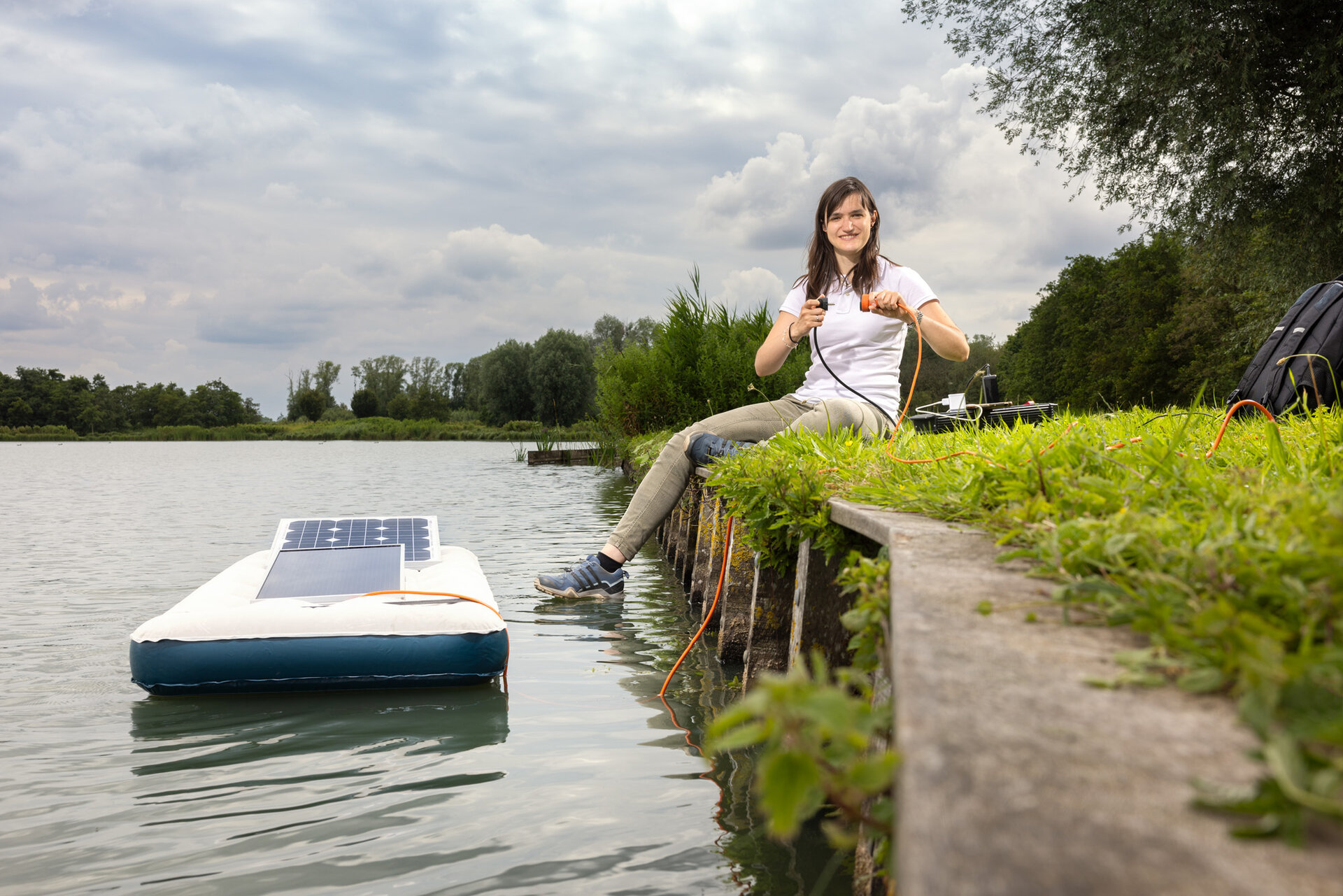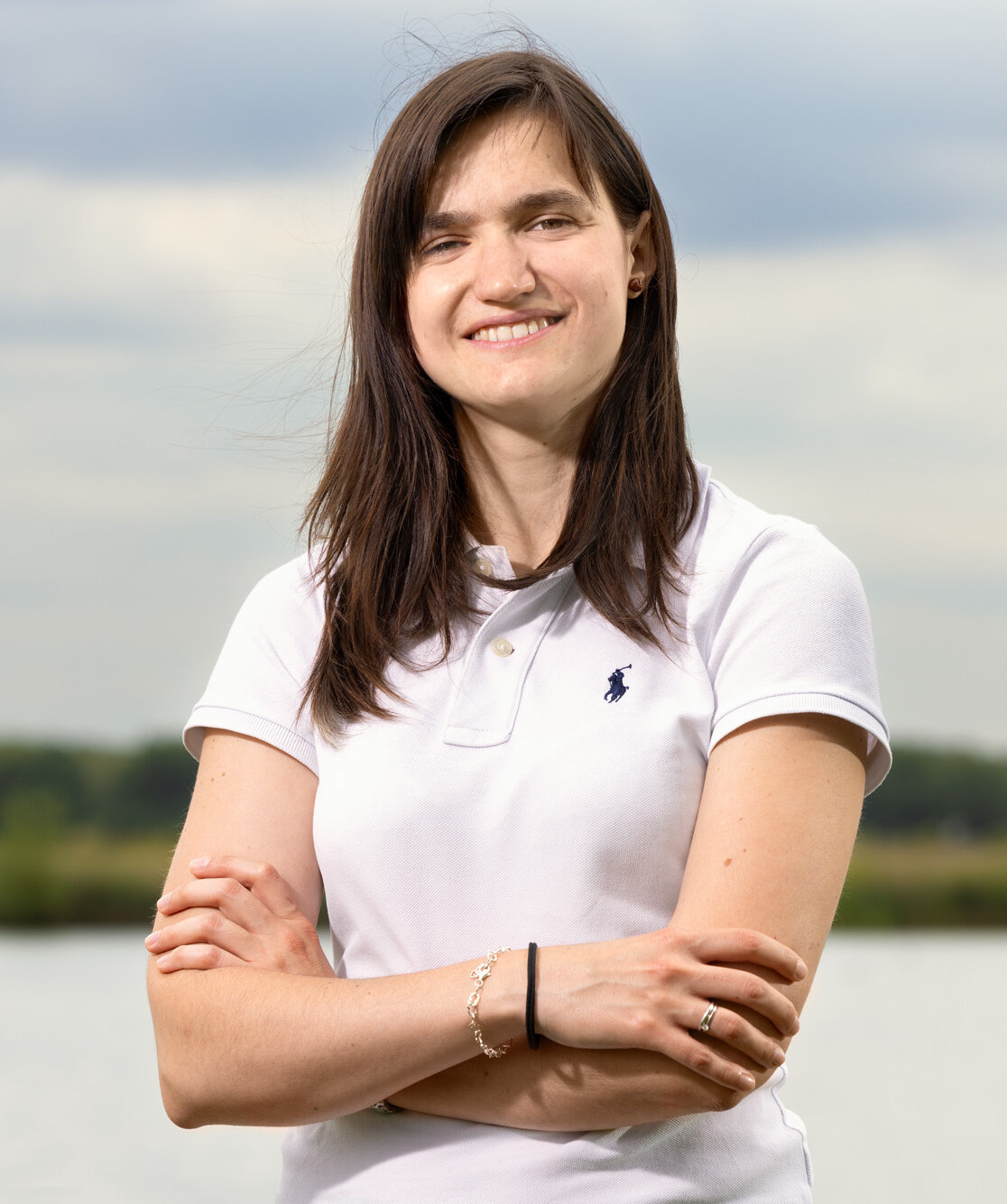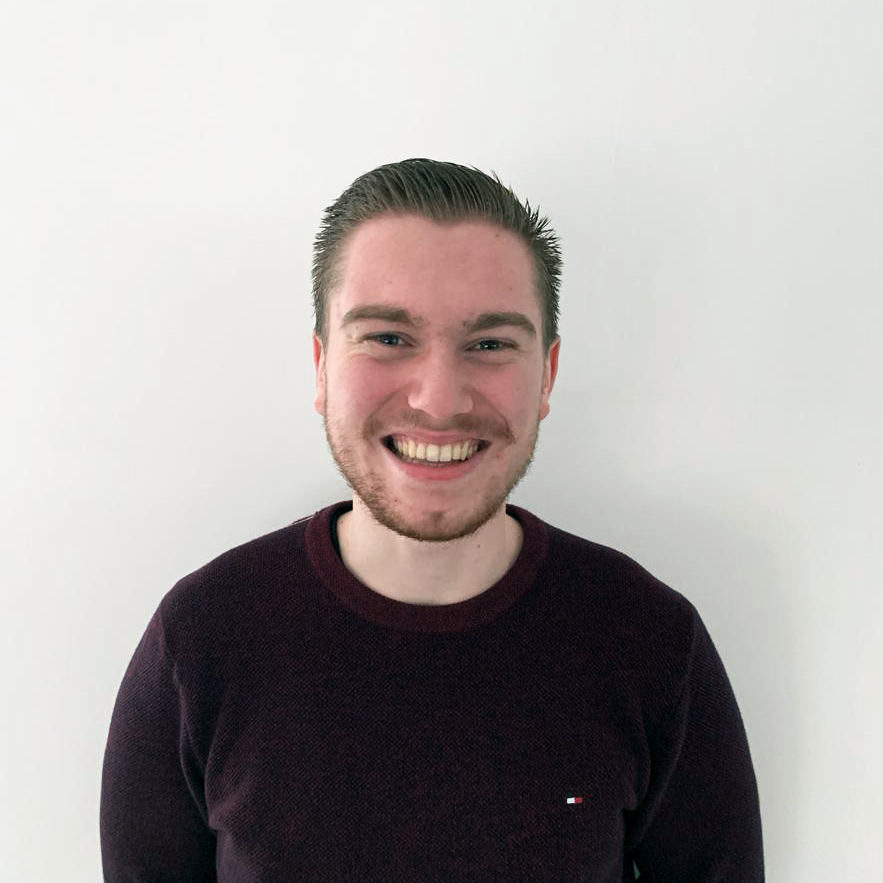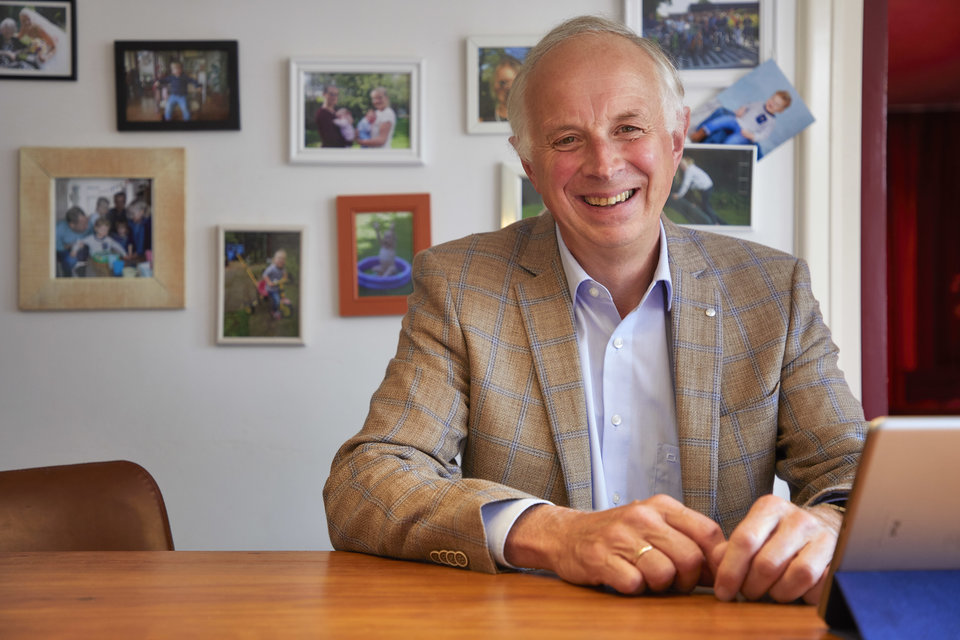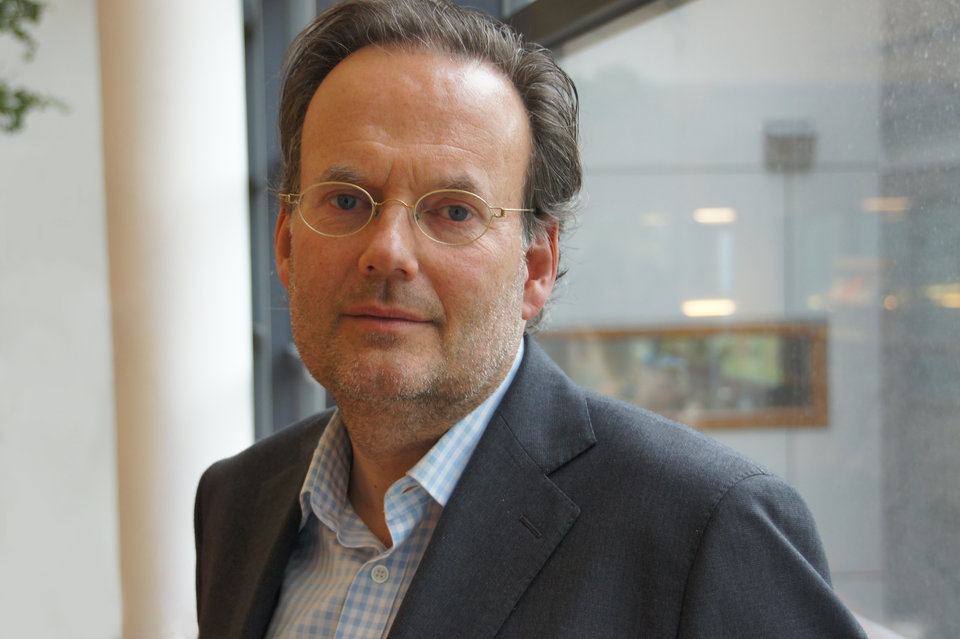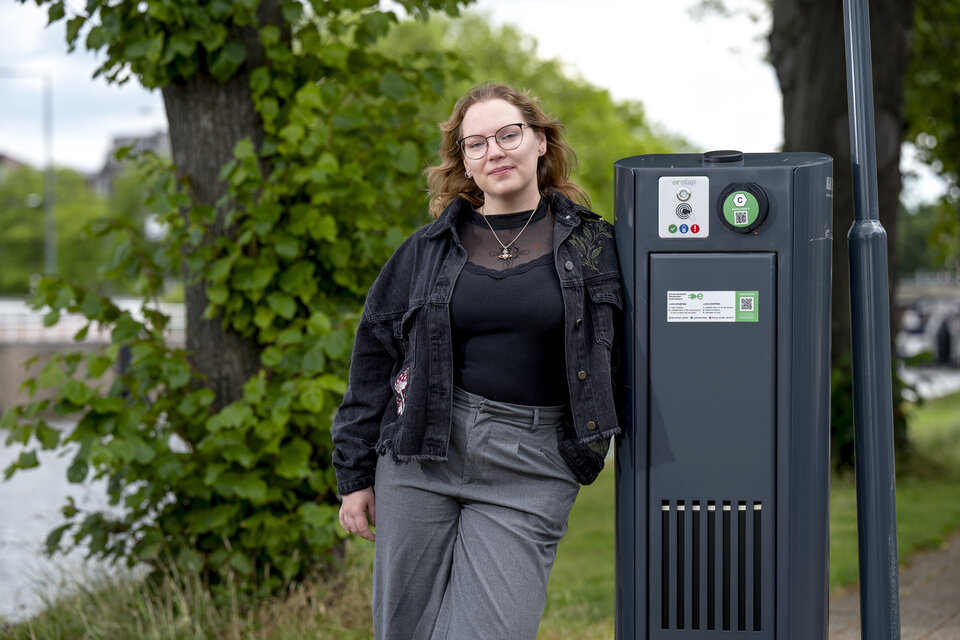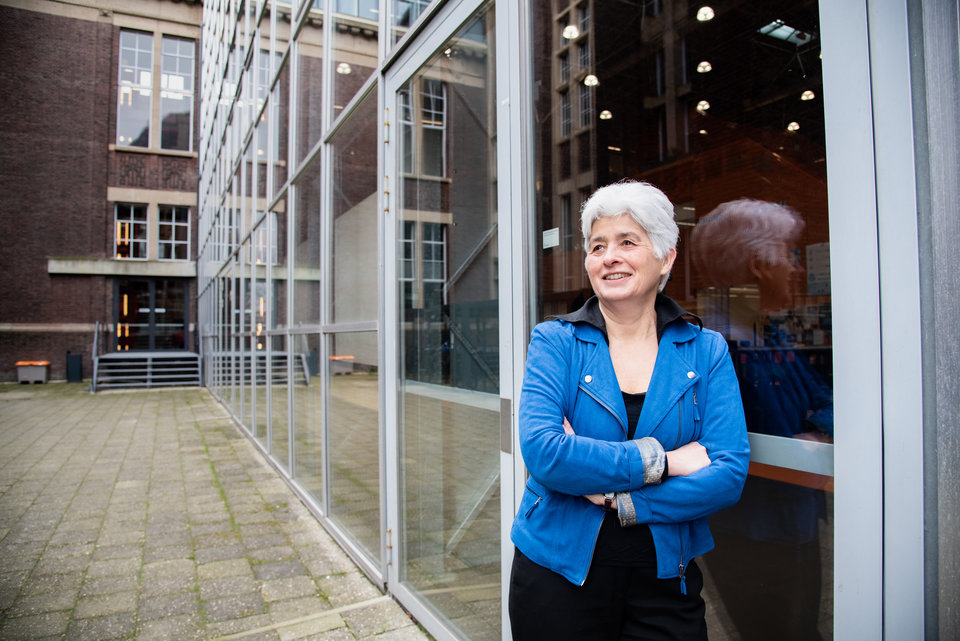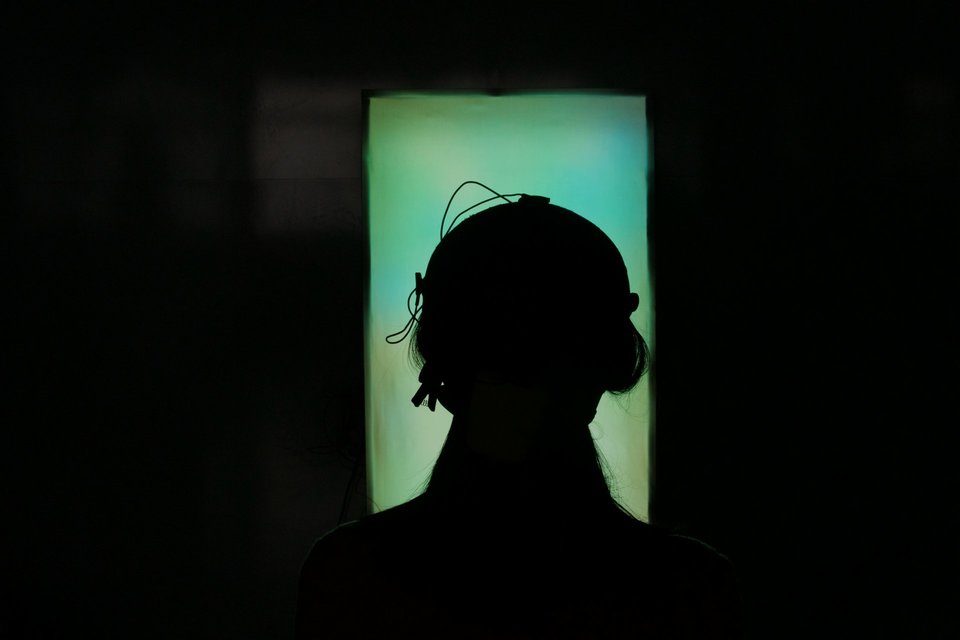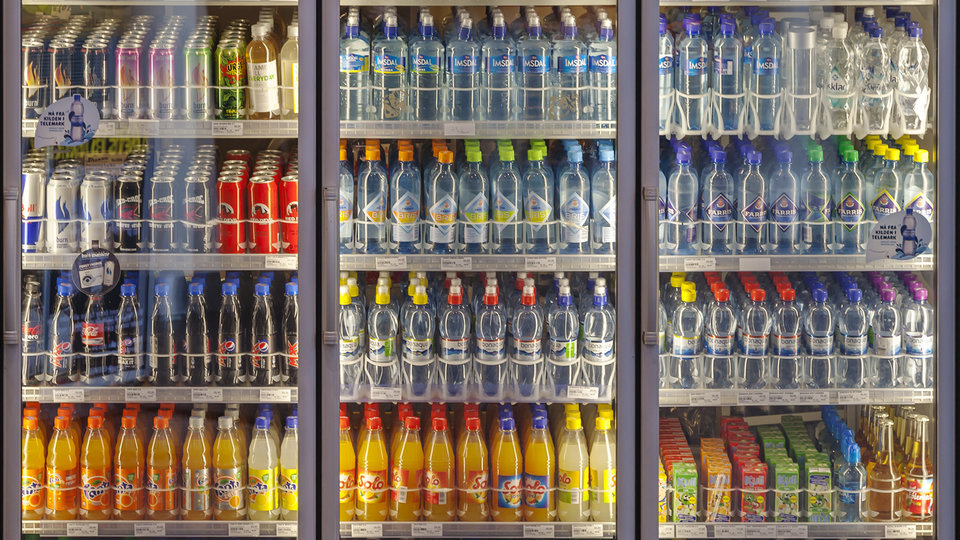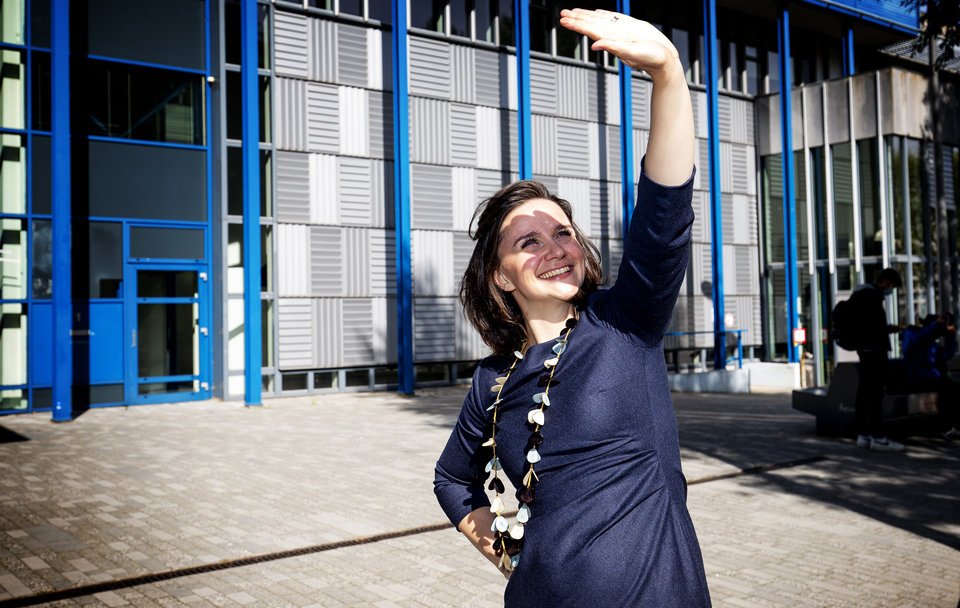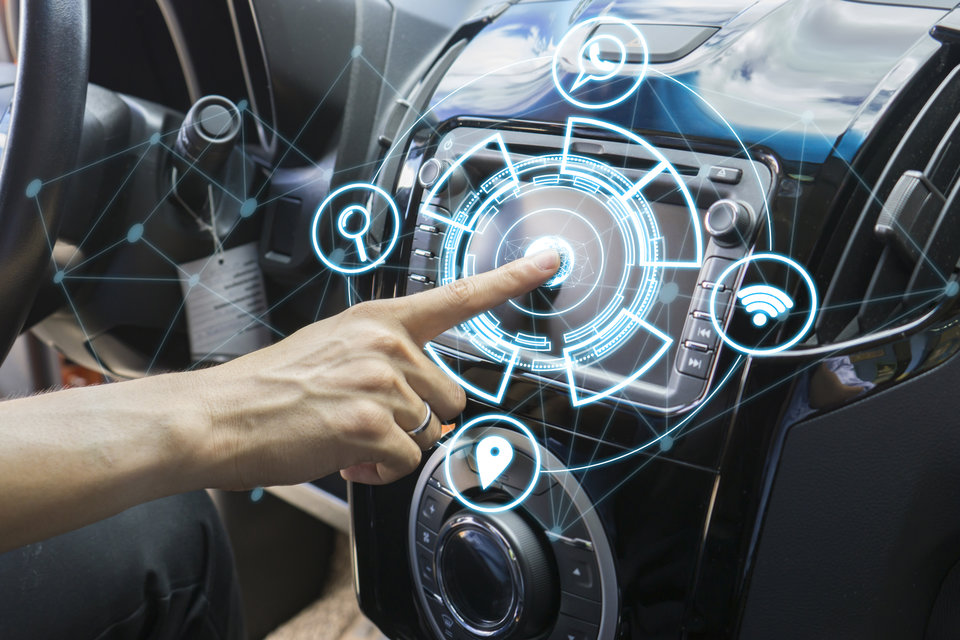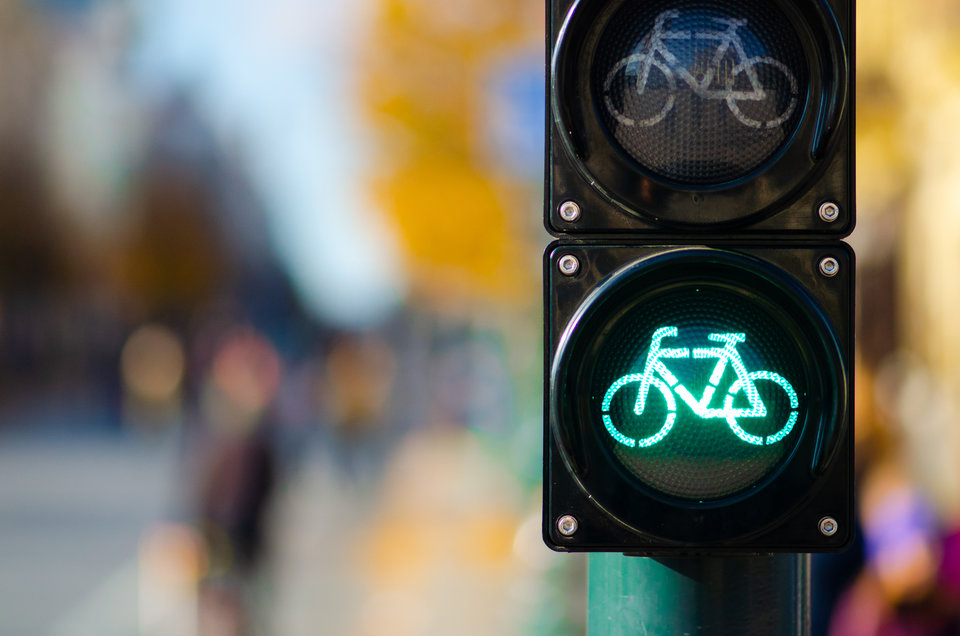From waves to shadows: Optimizing solar systems by modelling their energy output
When Alba Alcañiz Moya was younger she went around her house to turn off all the lights when they didn’t need to be on. “Even then I knew I did not want to waste the energy and electricity”, she explains. And that hasn’t changed. As a PhD within the Photovoltaic Materials and Devices group, she focuses on the optimization of solar systems to make sure that they yield as much energy as possible. She does so by developing digital models of solar panels in different situations, and focuses on questions like: What is the effect of shade on the energy output of solar panels? And how do waves affect the energy yield of floating solar panels?
Increasing power production
The field of photovoltaics is aimed at the conversion from sunlight – or solar energy – to electricity. “The aim of my research is for the solar panels to produce as much green energy as possible, and to contribute to the energy transition in this way. My objectives are basically two faces of the same coin; the aim is to increase power production from solar panels and reduce losses”, explains Alba. “Several of my colleagues work on the materials of solar panels, or how to manufacture them, but I work on a more overarching level. As a team, we work on the whole value chain, from the start until the very end of the solar panel cycle.”
“I have a very broad PhD, but the common denominator of my research is modelling the power output of solar panels. I create digital models that estimate the power that the system is going to produce or lose. And making models means that I basically spend all my time behind a computer. That’s what I have been doing for most of my time during my PhD, and I love it.”
Floating solar panels
Alba explains that floating solar panels are becoming more popular. “There is an increased demand for renewable energy sources and a lack of space on the mainland. The sea is an area that is not used very often. And just like wind turbines, we can place solar panels on the water. There are also usually a lot of people living near the water, that can use the energy that is produced.”
Next to the advantages of floating solar panels, there can also be disadvantages. Alba has created a 3D model – based on data from actual floating solar panels - that shows how the solar panels move on the waves, and how this affects the solar panel productivity. “The solar panels float in the sea, but obviously there are quite a few waves in the sea. The movement of the waves can, for example, affect the angle of the solar panel with respect to the sun, which could result in a loss in power production.”
Shading tolerability
When solar panels are partly in the shadow, they produce less power – of course. But some solar panels experience more power loss than others. “I am working on a Shading Tolerability (ST) model to rank the performance of solar panels in the shade”, Alba explains. “Two types of solar panels could both produce at 100% of their designed capacity in the laboratory. But when you place them on your roof, where there are trees, buildings, and clouds that cast shadows, one solar panel can produce more energy than the other and therefore loses less energy in the shade. We want to quantify this. These losses due to shadow are more important than they seem at first, since they can affect the performance of the system even if only one module is in the shadow. Modules are generally connected in series, which implies that the module producing the least limits the production of the others.”
Alba is very excited about this part of her research. “One of the goals of the study is that this information ends up in the datasheet of all (consumer) solar panels.” The datasheet is the manual of a solar panel. When you buy a refrigerator, for example, a manual gives instructions about the fridge and provides you with information about it. The datasheet also describes the specifications of the solar panel. And in the future this will also hopefully include the shading tolerability of the solar panel. “That would mean that in any solar panel you could buy, there will be something that I will have worked on. If that happens, that will be amazing; I will be very happy!”
One of the goals of the study is that this information ends up in the datasheet of all (consumer) solar panels. That would mean that in any solar panel you could buy, there will be something that I will have worked on. If that happens, that will be amazing; I will be very happy!
Solar panels that talk to each other
As part of her research, Alba also uses machine learning to create predictions of how solar panels will behave. One of the machine learning models is focused on connected solar panels. The idea is that if you have a group of solar panels that are in proximity to each other, you can keep an eye on how the systems are performing. “Imagine that you have a solar panel on your roof, and I also have a solar panel on my roof”, Alba shares as an example. “Your solar panel is double the size of mine. And we live close to each other. Your solar panel produces 20 kWh of energy every week and mine produces 10. Because the solar panels are in proximity to each other, we expect this to be consistent with the difference in panel’s size. Next week it’s cloudy and your solar panel produces 12 kWh while mine 6. However, the week after that, we see that my panel produces 8 kWh, but yours somehow produces 6. That means that something is most likely wrong with your solar panel.”
This method is called peer-to-peer monitoring and it can be described as the solar panels “talking to each other”. This method is also used in other fields, like computer networks. “This is a really powerful method to find out if something is wrong with a solar panel. Weather data is also used to make predictions about solar panels. But weather data can be unpredictable and we can't depend on weather data for this information”, Alba clarifies.
Predicting the power output of non-existent solar panels
Alba even works on predicting the future of solar panels through her models. “Within our group we have developed a simulation framework that can predict the power output of solar panel systems that do not exist yet”, Alba shares excitedly. “This simulation tool can calculate the energy output of a solar panel system based on the fundamental material properties. The simulation model can work without measurements and data from real-life solar panel systems.”
And that’s important because a lack of data is one of the biggest challenges within Alba’s work. “In order to create good machine learning models, we need accurate data on solar panel output, and it can be difficult to retrieve this data. I have even created a website, in order to gather solar panel data and to promote data sharing between researchers.” Alba’s research on peer-to-peer monitoring of solar panels is also a solution when it comes to a lack of data, because the solar panels themselves provide data that is accurate and easily accessible.
Alba was asked to be a committee member at one of the biggest conferences on solar energy in Europe. “When they asked me, I realized that I really made an impact, and in just two years of being a PhD."
Big impact
During her PhD Alba was asked to be a committee member at one of the biggest conferences on solar energy in Europe. “I was very surprised that they knew about me”, Alba shares. “When they asked me, I realized that I really made an impact, and in just two years of being a PhD. I was really excited when they asked me. I told my whole family about it, and they were all very proud of me.”
Despite the excitement, one question was lurking around the corner, “I really wondered: How is it possible that they know about me?” Alba was asked to review papers for the conference and also to chair one of the oral sessions . “I had to introduce participants and had to ask them to come to the stage. I was very nervous about it, but it was really nice! During the conference, the organisers talked to me and said: you have made a really big impact the first year. And to know that they recognise me; that recognition means more than anything.”
My mother is my role model
Alba’s face lights up when she talks about her research and even more when she talks about her family. “My mother is my role model. She has always been this incredibly hard-working person and a real fighter. Although in a way, my whole family was my role model. We are all engineers. My father, my uncles, my cousins. It was always a given that I could be an engineer. It’s nice to connect with my family on this topic, on the engineering side.
We have this saying in Spanish: Más vale maña que fuerza, which means ‘the brain is better than brawn’. My philosophy is to always put my brain to the test. In fact, when it came to exams, I never aimed to get a 10, but always to get a 12. My ambition was to learn as much as possible, and to become as skilled as possible at what I do.”
Building on top of each other
“Looking into the future, I want to stay involved in the field of solar energy, because I really like it”, Alba shares. “My academic journey actually began in the field of nuclear energy. But a lot of chemistry was involved, and I didn’t take a liking to it. I ended up in physics engineering. That’s where I learned how solar panels work. I really appreciate the working mechanism behind electrons. I was able to understand these tiny things and I could grasp the whole idea. I really enjoy the work and because I have always been saving energy and electricity, the sustainable side of it made it even more attractive.”
“Some of my research is already being applied in companies”, Alba shares. “That’s amazing and it gives me a feeling of achievement. What I don't want is that something I have worked hard on ends up in a drawer. Although I do think that my research is a drop in the ocean of all of the research on solar panels. Or a “drop in the sea of the floating solar panels”, so to speak. Research is collaborative work. That's one of the most important things about research, that you build on top of the work of previous researchers. I’ve put a building block on someone else’s research, and someone else can build their piece on top of my work.”
